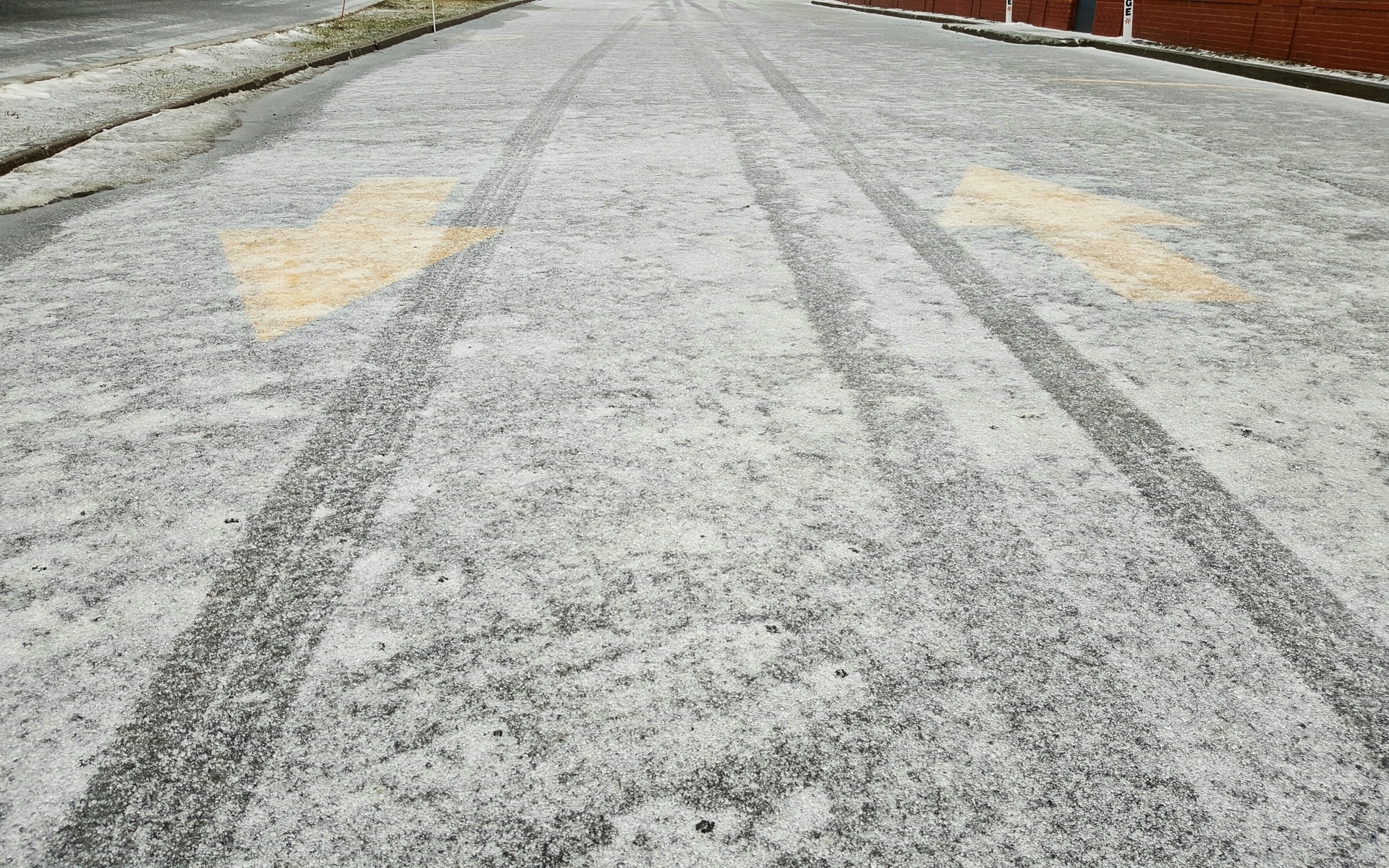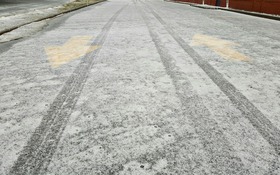Tips for Driving on Icy Roads
The weather can change drastically during the winter season, with wild temperature swings, snow flurries and freezing rain. However, life goes on and no matter what the road conditions are like, we must still get out and drive to work.
First and foremost, prevention and caution are the most important factors when we’re driving on icy roads. Even if today’s cars are equipped with a whole plethora of electronic safety driving aids, none of them can replace good judgement.
- Also: Top 10 most affordable AWD vehicles in Canada
- Also: Top 10 Most Affordable 2017 Cars with Heated Seats
Being well prepared
Before even backing out of our driveway, we must make sure that our vehicle is clear of snow and ice, so we can benefit from the best outward visibility we can get. An emergency roadside kit, a shovel and warmer clothes in the trunk are suggested, in case we get stuck or run off the road.
Slow down
A slower speed can obviously reduce braking distances, but also allows us to have a better reaction time if our vehicle starts to slide, or if another car around us makes an unexpected move. It’s better to arrive at our destination a few minutes late than to not arrive at all.
Anticipate the reactions of other drivers
Being prudent on the road also means predicting that other motorists will be doing around us might perform unexpected manoeuvres. By leaving a great distance between us and the other vehicles on the road, we’re giving ourselves a better chance of safely slowing down or changing our trajectory.
Avoid any distractions
Driving on icy roads requires a lot of attention. Obviously, it isn’t time to be talking on the phone or engaging in conversations with other occupants in our vehicle. We must especially avoid texting and it’s better to turn down the radio volume in order to better hear road noise, which could indicate that wheels are slipping or the vehicle is skidding.
Stay calm
Our driving will be safer if we avoid panicking behind the wheel. If our vehicle does end up losing grip, we must lift our foot off the throttle and guide the car with fluid and controlled motions. It’s best to look in the direction we want to go, not in the direction that we want to avoid. If the vehicle is slightly sliding, we should avoid touching the brakes, which will destabilise our trajectory.
If we were driving too fast and the vehicle starts skidding more quickly, we can press on the brakes with a constant pressure, while the anti-lock and electronic stability control systems will try and stabilise our trajectory. Again, we must avoid sharp or abrupt moves.
Water puddles
During a freezing rainfall, it’s possible that puddles will form on the road. If it’s the case, we must lift our foot off the throttle, keep the steering wheel straight and avoid using the brakes. Again, driving at a slower speed in such conditions allows us to keep better control of our vehicle.
Black ice
What’s misleading about black ice is that is doesn’t shine like regular ice. We have the impression that the road surface is dry, but it’s in fact covered with a thin layer of ice, enough to make our vehicle lose grip. We usually encounter black ice on elevated roads (bridges, overpasses), on roads that are in the shade or those with very little traffic. All the aforementioned techniques apply when we’re driving on black ice.
The inevitable
If the inevitable happens and our vehicle skids out of control, if possible, we must try to steer clear of the other vehicles’ trajectory in order to avoid a collision. Whether we’re stopped on the side of the road, stuck in a snow bank or in the middle of a multiple-car collision, the safest place usually remains the cockpit of our car, since it’s built with a safety cage to protect us in the event of an impact.
A vehicle ready for winter conditions
Obviously, an all-wheel drivetrain can greatly contribute to safer driving in winter, since these modern systems detect slippage in a fraction of a second and distribute engine power to the wheels with the best grip. The Car Guide recently published a list of the most affordable new cars in Canada equipped with AWD, while most SUVs and trucks are either equipped with standard AWD, or offer it as an option.
We must also choose the right winter tire, adapted to our country’s weather conditions. The Car Guide also published several reports on the season’s best winter tires.









